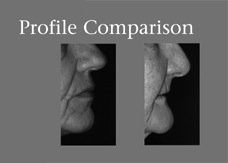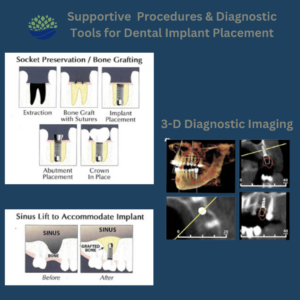This video shows the loss of the upper jawbone following tooth extraction. The jaw bone can be preserved with bone augmentation grafting for better denture retention or future implant placement, as well as to maintain the proper shape of a patient’s face.
The signs of bone loss are: Periodic changes in the way your denture fits; Sore spots on gum tissues; Food becoming trapped between the gums and denture; and, Difficulty chewing even with the help of denture adhesives and pastes.
There is a procedure we perform in our practice to help save your jawbone!
A common use of bone grafting is for ridge augmentation. Ridge augmentation can recapture the natural contour of your gums and jaw after the loss of a tooth as a result of trauma, congenital anomalies, infection, or periodontal disease. Achieving an ideal amount of gum and bone as a support to surrounding restorations or implants may require hard and soft tissue reconstruction. After the loss of one or more teeth, your gums and jawbone may become indented where the tooth or teeth used to be. This occurs because the jawbone recedes when it no longer is holding a tooth in place. Not only is this indentation unnatural looking, it also causes the replacement tooth to look too long compared to the adjacent teeth, and this can create an area that is difficult to keep clean.
Ridge augmentation uses bone and tissue-grafting procedures to fill in the indented area of the jaw and gums, leaving you with a smooth gum line that coexists with your restoration or dental implant.
If you have any questions about the surgical procedures performed in our office, visit https://brittenperio.com/procedures/surgical-procedures/







